Bayok Tree
- October 1, 2024
- 0 comment
The Bayok tree (Pterospermum diversifolium), native to tropical regions, is a significant species known for its ecological and cultural importance. Found primarily in Southeast Asia, the Bayok tree thrives in humid, forested environments, often contributing to the health of ecosystems by stabilizing soils and supporting biodiversity. Its towering structure and unique bark have made it a valuable resource in both traditional and modern applications. Locally, communities have used Bayok wood for construction and crafting furniture, owing to its durability and workability. In addition to its material uses, some parts of the tree are believed to have medicinal properties, with extracts being used in traditional remedies.
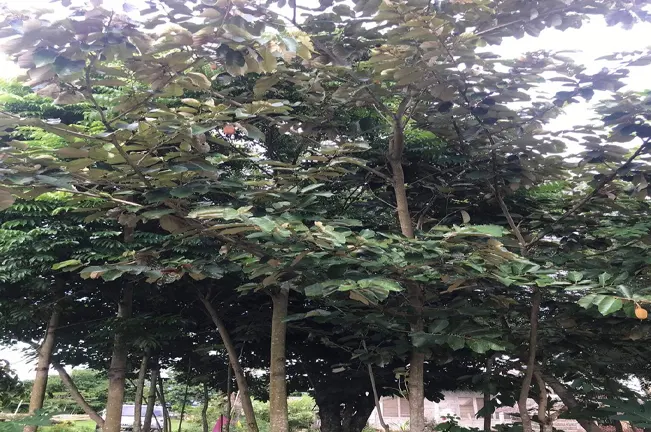
However, like many forest species, the Bayok tree faces threats from deforestation and habitat loss. Conservation efforts are increasingly important to preserve its role in maintaining forest ecosystems and supporting local livelihoods. Sustainable forestry practices are now being explored to ensure that the Bayok tree remains a vital part of both nature and culture for future generations.
| Specification | Details |
| Scientific Name | Pterospermum diversifolium |
| Common Name | Bayok Tree |
| Family | Malvaceae |
| Native Range | Southeast Asia (Philippines, Indonesia) |
| Tree Type | Deciduous, Broadleaf |
| Height | Typically 15-30 meters |
| Trunk Diameter | Up to 1 meter |
| Bark Texture | Rough, fibrous, dark brown |
| Leaf Shape | Oval or oblong, with diverse shapes |
| Flower Color | White to yellowish, fragrant |
| Fruit Type | Woody capsule |
| Growth Rate | Moderate to fast |
| Preferred Soil | Well-drained, slightly acidic to neutral |
| Water Requirements | Moderate, prefers moist environments |
| Sunlight Requirements | Full sun to partial shade |
| Ecological Role | Soil stabilizer, supports biodiversity |
| Wood Uses | Furniture, construction, crafting |
| Medicinal Uses | Traditional remedies (leaves, bark) |
| Conservation Status | Threatened by deforestation |
Botanical Characteristics of the Bayok Tree
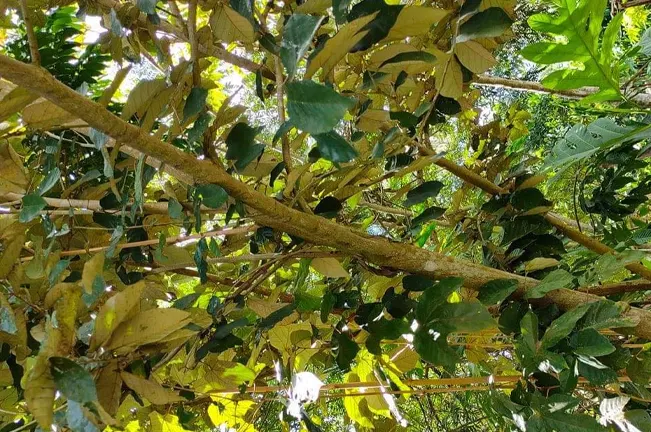
The Bayok tree (Pterospermum diversifolium), a member of the Malvaceae family, is a large, deciduous tree commonly found in tropical regions, especially in Southeast Asia. It grows to an impressive height of 15 to 30 meters, with a trunk diameter of up to 1 meter. The bark is typically dark brown and rough, offering a fibrous texture that provides protection from external damage. The leaves of the Bayok tree are oval to oblong in shape, with diverse leaf patterns, making them easily distinguishable. Its flowers are small, fragrant, and range in color from white to yellowish, blooming in clusters, while the fruits are woody capsules that carry seeds for propagation.
The Bayok tree exhibits a moderate to fast growth rate, depending on its environmental conditions. In terms of its lifecycle, the tree typically goes through seasonal changes, shedding leaves during dry periods to conserve water. It thrives in well-drained, slightly acidic to neutral soils and adapts well to moist environments, making it an important species in tropical forests. The Bayok tree’s ability to grow in full sun to partial shade and its moderate water requirements enable it to adapt to various ecological settings, contributing to its resilience in both natural and managed landscapes.
Ecological Role of the Bayok Tree
In forest ecosystems, the Bayok tree plays a crucial ecological role, supporting biodiversity and maintaining the health of the environment. It serves as a habitat for various species of birds, insects, and small mammals, offering shelter and food through its leaves, flowers, and fruits. The tree also contributes significantly to the health of the soil by preventing erosion through its deep root system, which helps to bind the soil and enhance its fertility. This makes the Bayok tree particularly important in areas prone to soil degradation.
Additionally, the Bayok tree is essential for watershed health. By stabilizing soil and regulating water flow, it helps to prevent excessive runoff and maintain the balance of water in forested areas. This contributes to cleaner water sources and supports the overall resilience of the ecosystem. The Bayok tree’s ability to act as a natural barrier against erosion is particularly vital in hilly or mountainous regions where soil loss can have severe consequences for both local communities and wildlife.
Traditional Uses and Applications
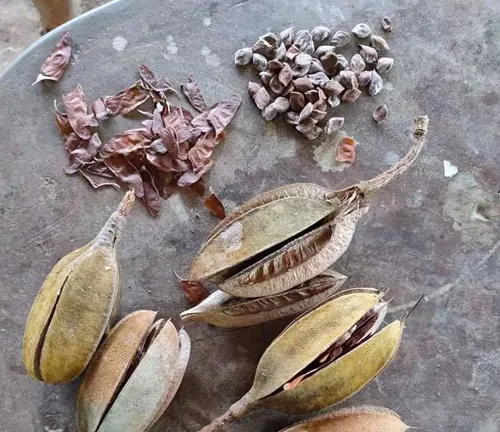
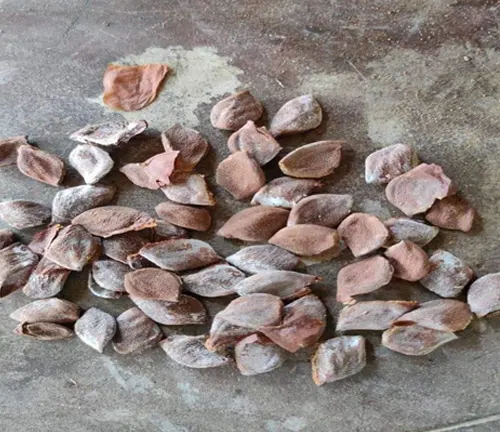
Historically, the Bayok tree has been highly valued by indigenous peoples for its various uses. Its wood, known for its durability and strength, has been utilized in construction for building houses, crafting furniture, and making tools. The Bayok’s timber is prized for its resistance to rot and insects, making it a reliable material in humid environments where other woods may quickly degrade. Traditional artisans continue to use Bayok wood in carvings and intricate woodworking projects, preserving cultural heritage through craftsmanship.
Beyond its industrial applications, the Bayok tree has been recognized for its medicinal properties. In traditional medicine, various parts of the tree, particularly the bark and leaves, are used to treat ailments such as skin conditions, digestive issues, and fever. The Bayok’s natural compounds are believed to have healing properties, although scientific research on its medicinal value remains limited. Its versatility as a resource has cemented the Bayok tree as an important species in the daily lives of those who live near its native habitats.
Conservation and Sustainability
Despite its many benefits, the Bayok tree faces numerous threats, primarily due to deforestation, habitat loss, and overharvesting. The expansion of agriculture, logging, and urban development in tropical regions has led to a decline in Bayok populations. Without careful management, the continued degradation of forests could push the species toward endangerment.
To counteract these challenges, conservation efforts are being undertaken to protect and restore Bayok populations. Reforestation projects, habitat protection, and sustainable forestry practices are essential to ensuring that the tree can continue to thrive in the wild. Sustainable harvesting practices, such as selective logging and controlled planting, are also being explored to allow for the continued use of Bayok resources without compromising the health of the species. Ensuring that these efforts are well-supported by local communities and governments is key to long-term sustainability.
Bayok Tree in Modern Forestry and Agroforestry
In modern forestry, the Bayok tree is recognized for its valuable timber and ecological benefits. It is often used in sustainable forestry practices where selective cutting helps maintain forest diversity while allowing for the commercial use of its wood. Additionally, the Bayok tree plays a role in agroforestry systems, where it is integrated into agricultural landscapes to improve soil health, provide shade, and create a more sustainable farming environment.
The Bayok tree’s potential in reforestation and afforestation projects is significant, especially in areas where biodiversity is declining. By reintroducing native species like the Bayok, forest managers can help restore ecosystems and improve environmental health. The tree’s adaptability to various environmental conditions makes it a strong candidate for large-scale planting initiatives aimed at reversing deforestation and promoting sustainable land use.
Cultural and Economic Impact
The Bayok tree holds cultural significance in many regions where it is native. It is often associated with local folklore, spiritual practices, and traditional beliefs, serving as a symbol of strength, resilience, and connection to the natural world. In some cultures, the tree is believed to possess protective powers, and its wood may be used in rituals or as part of cultural artifacts.
Economically, the Bayok tree provides livelihoods for many people involved in the timber industry, woodworking, and traditional crafts. The sustainable management of Bayok forests can help support these industries while ensuring that the tree remains a viable resource for future generations. Furthermore, eco-friendly products derived from Bayok wood, such as furniture and construction materials, are becoming increasingly popular in markets that prioritize sustainability and ethical sourcing.
Future of the Bayok Tree
Looking ahead, the Bayok tree holds promise for various commercial applications in eco-friendly products. As the demand for sustainable materials grows, Bayok wood may become a sought-after resource in industries that prioritize environmental responsibility. Research into the tree’s medicinal properties could also uncover new uses in modern medicine, providing further incentive for conservation.
Innovation in forestry practices and reforestation techniques could enhance the role of the Bayok tree in climate change mitigation strategies. By capturing and storing carbon, Bayok trees can contribute to reducing the overall carbon footprint, making them a valuable asset in global efforts to combat climate change. As awareness of the importance of biodiversity and ecosystem health grows, the Bayok tree’s future looks promising as both a cultural icon and a tool for environmental conservation.
Different Species
Pterospermum javanicum
Commonly found in Indonesia and other tropical regions of Southeast Asia, this tree is also referred to as Bayok. It is similarly valued for its wood and plays a significant role in local ecosystems.
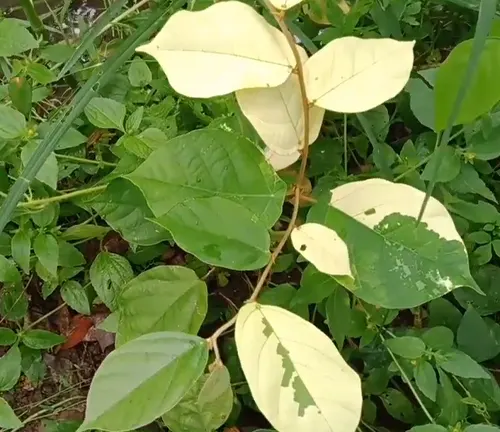
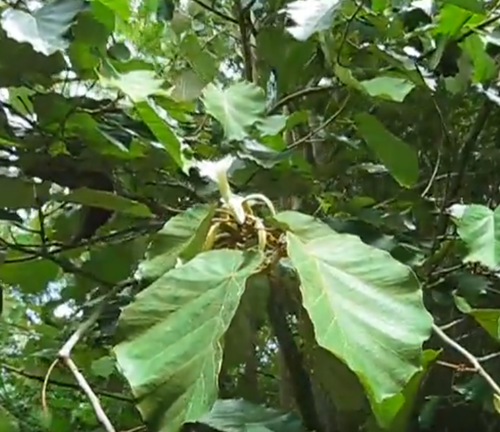
Pterospermum acerifolium
Known as the Kanak Champa or Dinner Plate tree, this species is found in India and Southeast Asia. While it may not always be called Bayok, its similar features and uses in timber and traditional medicine link it to the group.
Alstonia scholaris
Locally referred to as Bayok in some regions, this species is also known as the “Devil’s Tree” or “Milkwood Pine.” It is native to tropical and subtropical regions of Asia and is widely used in traditional medicine.
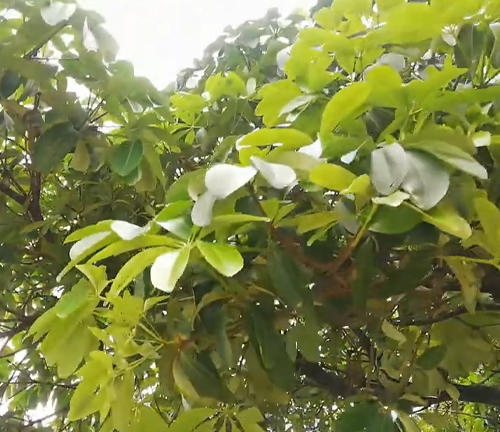
Frequently Asked Questions (FAQs)
1. What is the Bayok tree?
The Bayok tree (Pterospermum diversifolium) is a large, deciduous tree native to Southeast Asia, particularly found in tropical regions. It is known for its strong, durable wood and ecological importance in forest ecosystems.
2. Where is the Bayok tree commonly found?
The Bayok tree is commonly found in the Philippines, Indonesia, and other parts of Southeast Asia. It thrives in humid, tropical forest environments and is often seen in lowland rainforests.
3. What are the physical characteristics of the Bayok tree?
The Bayok tree can grow up to 30 meters in height with a trunk diameter of around 1 meter. It has rough, fibrous bark, oval-shaped leaves, fragrant white to yellowish flowers, and woody fruits that contain seeds for propagation.
4. What role does the Bayok tree play in the ecosystem?
The Bayok tree contributes to biodiversity by providing habitat for wildlife, preventing soil erosion with its deep roots, and maintaining watershed health. It plays a crucial role in stabilizing the soil, supporting plant and animal species, and regulating water flow in forest ecosystems.
5. What are the traditional uses of the Bayok tree?
Traditionally, the Bayok tree has been used for construction, furniture making, and crafting due to its strong, durable wood. Some parts of the tree, especially the bark and leaves, are also used in traditional medicine to treat various ailments such as skin conditions and digestive problems.
6. Is the Bayok tree used in modern forestry or agriculture?
Yes, the Bayok tree is used in modern sustainable forestry practices. It is valued for its timber and is sometimes integrated into agroforestry systems to improve soil health and provide shade for crops. The tree is also considered for reforestation and afforestation projects due to its ability to grow in diverse environments.
7. What are the main threats to the Bayok tree?
The Bayok tree faces threats from deforestation, habitat loss, and overharvesting, particularly in regions where logging and agricultural expansion are prevalent. These activities contribute to the decline of Bayok tree populations in the wild.
8. Are there any conservation efforts to protect the Bayok tree?
Yes, conservation efforts are underway to protect the Bayok tree. These include reforestation projects, habitat protection initiatives, and the promotion of sustainable forestry practices to ensure the long-term survival of the species.
9. Does the Bayok tree have economic importance?
The Bayok tree holds economic significance, particularly for communities that rely on its wood for construction and crafting. Its durable timber is used in furniture, building materials, and other products, contributing to local livelihoods.
10. Can the Bayok tree be used for climate change mitigation?
Yes, the Bayok tree can play a role in climate change mitigation through carbon sequestration. Like other large trees, it captures and stores carbon dioxide from the atmosphere, helping to reduce greenhouse gas levels and combat global warming.
11. Are there any medicinal uses of the Bayok tree?
Yes, parts of the Bayok tree, such as the bark and leaves, are used in traditional medicine to treat various ailments. While research on its medicinal properties is limited, it has been traditionally used to treat skin conditions, fever, and digestive issues.
12. What is the future potential of the Bayok tree?The Bayok tree holds potential for various commercial and environmental applications. Its durable wood is increasingly sought after for eco-friendly products, and its role in reforestation and afforestation efforts makes it valuable in the fight against deforestation and climate change.
13. Is the Bayok tree included in agroforestry systems?Yes, the Bayok tree is often included in agroforestry systems, where it provides benefits such as soil stabilization, shade for crops, and improved biodiversity. It helps in creating a more sustainable agricultural landscape.
14. What are the sustainable practices for harvesting the Bayok tree?Sustainable practices for harvesting the Bayok tree include selective logging, controlled planting, and adherence to local regulations that protect the species from overexploitation. These practices help ensure that the tree’s populations are maintained for future generations.


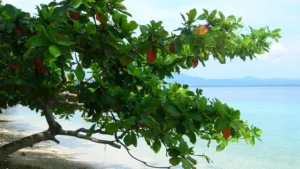

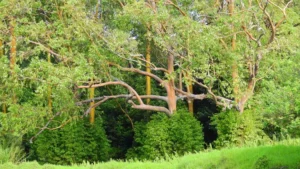
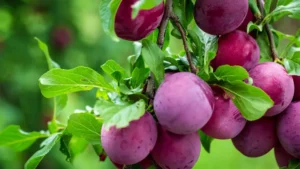
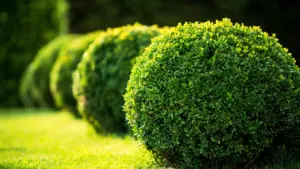
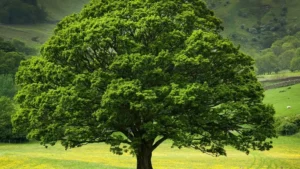
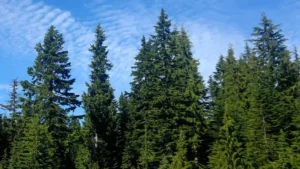
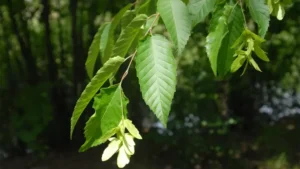

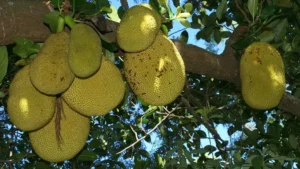
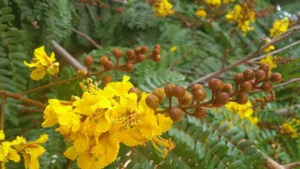
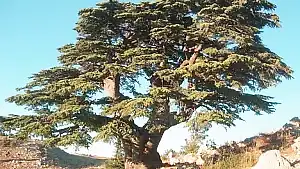
Leave your comment